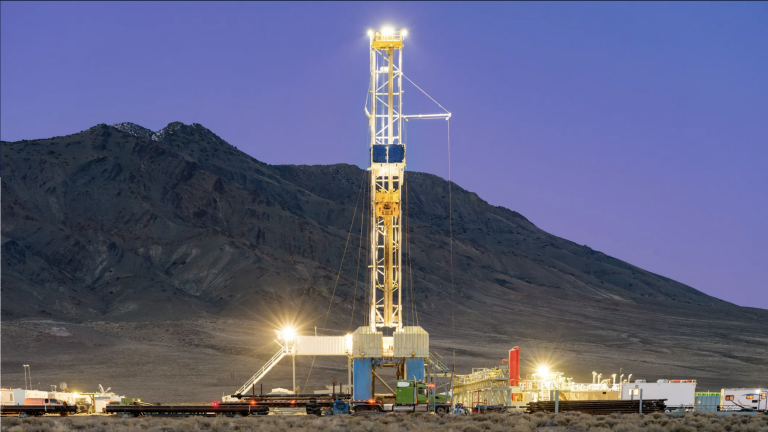
Fervo Energy is expanding the bounds of where geothermal plants can be built—and what they can do.
Geothermal power plants work by circulating water through hot rock deep underground, then converting that heat energy into electricity at the surface. But traditionally, it’s only been possible to build economical facilities in regions where developers could drill down to porous, permeable hot rock at relatively low depths.
The nearly six-year-old Houston, Texas, startup is changing that by using hydraulic fracturing techniques—better known as fracking—to create or widen cracks below the surface, artificially creating the permeability that allows water to easily flow underground. In July, Fervo announced it had successfully completed tests at its pilot plant in northern Nevada, which the company says demonstrated the commercial viability of its technology.





